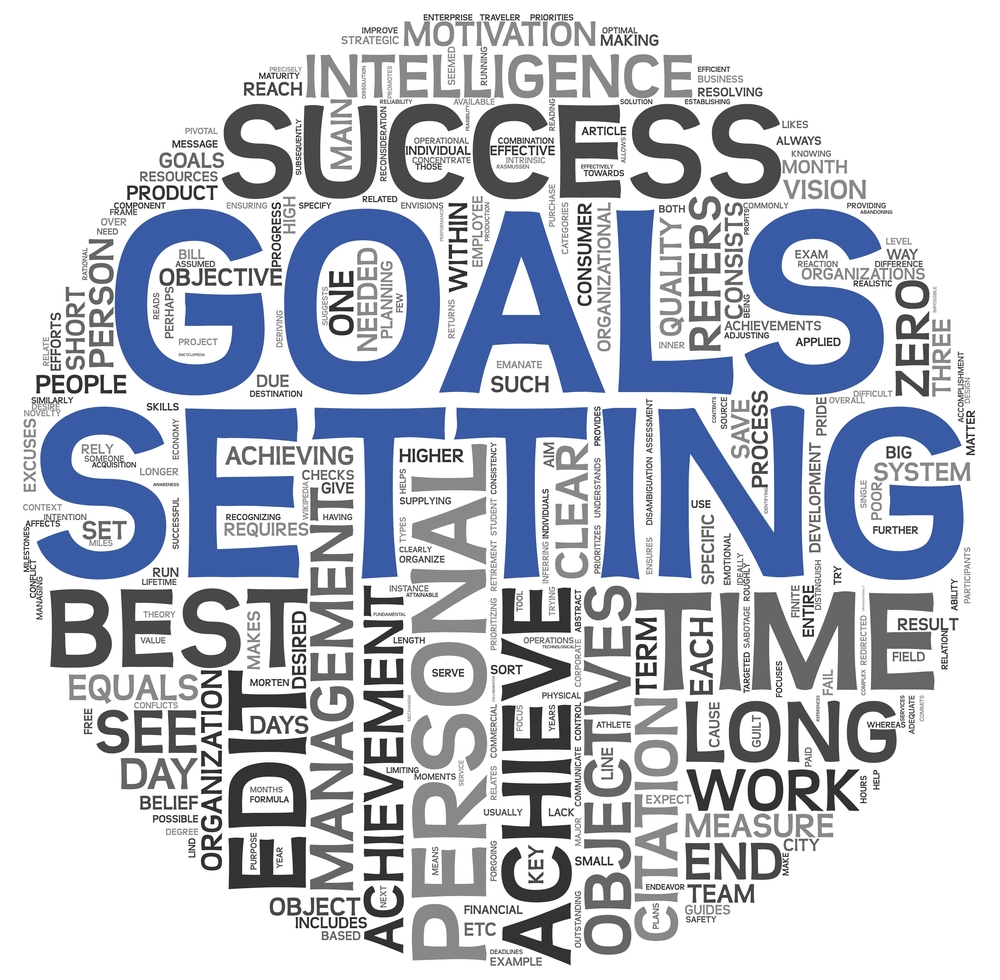Second, you build those aptitudes (skills) through strategic daily actions (practices). The formula pretty much looks like this:Practice daily to build skills.
Build skills to achieve goals.
Do this well and you can accomplish your goals more quickly (with less effort)and maintain your results.
Weight loss example
Goals
Let’s say it’s your goal to lose weight. You know that to lose weight you’ll need to eat better consistently. So that’s your real goal: Eat better consistently. But you don’t have all the skills to do it just yet. So you have to break it down into…
Skills
Which skills are required to eat better consistently?
So let’s identify hunger and appetite awareness as the most important initial skill for making progress. But that’s not totally actionable. So you have to break it down into…
Practices
Let’s use eating slowly (practice #1) and eating until satisfied, not stuffed (practice #2) to build the hunger and appetite awareness skill. Clients eat slowly for two weeks. Then they practice eating until satisfied for two weeks.
Therefore, over the course of a month, the daily practices of eating slowly andeating until satisfied, not stuffed will build the skill of better hunger and appetite awareness.
And that is one of the necessary skills for eating better consistently.
Professional coaching example
Goals
Let’s say it’s your goal to become a world class, in-demand supercoach. You know that to become a supercoach you’ll need to consistently deliver client results. So that’s your real goal: Consistently deliver client results. But you don’t have all the skills to do that yet. So you have to break it down into…
Skills
Which skills are required to consistently deliver client results? We’ve found that helping clients take action in their lives is an important initial skill for making progress. But that’s not totally actionable. So you break it down into…
Practices
We’ve identified that clarifying a client’s values and priorities(practice #1) and translating those into action steps (practice #2) are the best ways to build the skill of helping clients take action in their lives. Students spend two weeks on practice #1. Then two weeks on practice #2.
Therefore, over the course of a month, the daily practices of clarifying a client’s values and priorities and translating those into action steps will build the skill of helping clients take action in their lives.
Five S Formula
When we break skills down into practices, each practice must be:
Simple
The best practices are small daily actions that can be done in the context of real life. If you ask yourself or your client, “On a scale of 0-10, how confident do you feel you could do this practice every day for the next 2 weeks?” the answer should be a 9 or 10. Anything lower and the practice is too challenging or intimidating.
Segmental
Most goals are too big, or complicated, to try for in one go. Most skills are the same way. So you break them down into defined and organized segments. Just like when learning / teaching complex exercises, you need to chunk bigger things into their component parts.
Sequential
Breaking things down into segments is great. But you also have to practice those segments in the right order. If you do “thing 4” before “thing 1” you’re less likely to succeed. So start with thing 1, then do thing 2, then thing 3, and so on. Do the right things in the right order and success is a reliable outcome.
Strategic
Think this process sounds slow? Fact is, if your practices are strategic, the whole process goes quicker. That’s because strategic practice addresses the thing that’s in your way right now. Focus on that one thing—and only that thing—and a difficult process becomes easier and faster.
Supported
Practices work best when they’re supported by some form of teaching, coaching, mentorship, and accountability. More on each of these in a minute.


